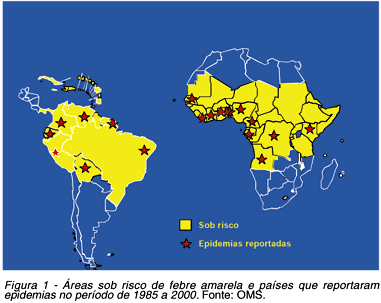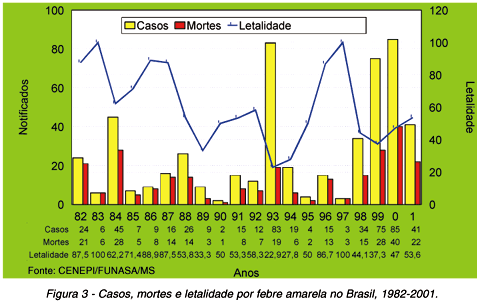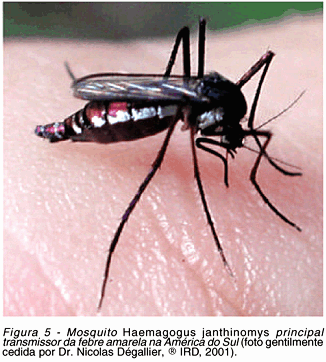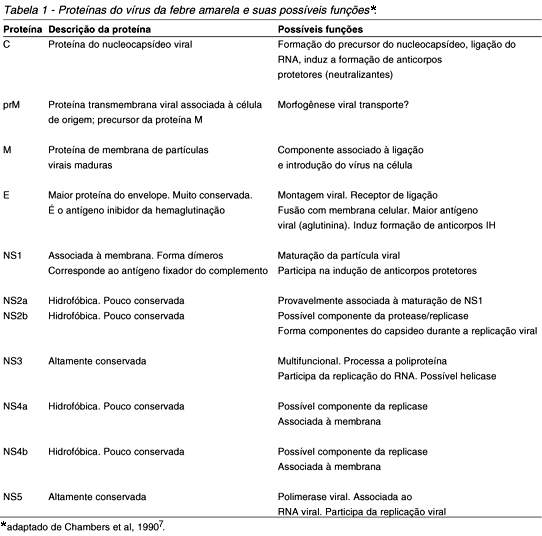Yellow fever is an infectious and non-contagious disease caused by an arbovirus, the yellow fever virus. The agent is maintained in jungle cycles among primates as vertebrate hosts and mosquitoes, especially Aedes in Africa, and Haemagogus and Sabethes in America. Approximately 90% of the infections are mild or asymptomatic, while 10% course to a severe clinical picture with 50% case-fatality rate. Yellow fever is largely distributed in Africa where urban epidemics are still reported. In South America, between 1970-2001, 4,543 cases were reported, mostly from Peru (51.5%), Bolivia (20.1%) and Brazil (18.7%). The disease is diagnosed by serology (detection of IgM), virus isolation, immunohistochemistry and RT-PCR. Yellow fever is a zoonosis and cannot be eradicated, but it is preventable in man by using the 17D vaccine. A single dose is enough to protect an individual for at least 10 years, after which revaccination is recommended. In this paper, the main concepts about yellow fever as well as the fatal adverse effects of the vaccine are updated.
Yellow fever; Jaundice; Vaccine; Aedes; Hepatitis













